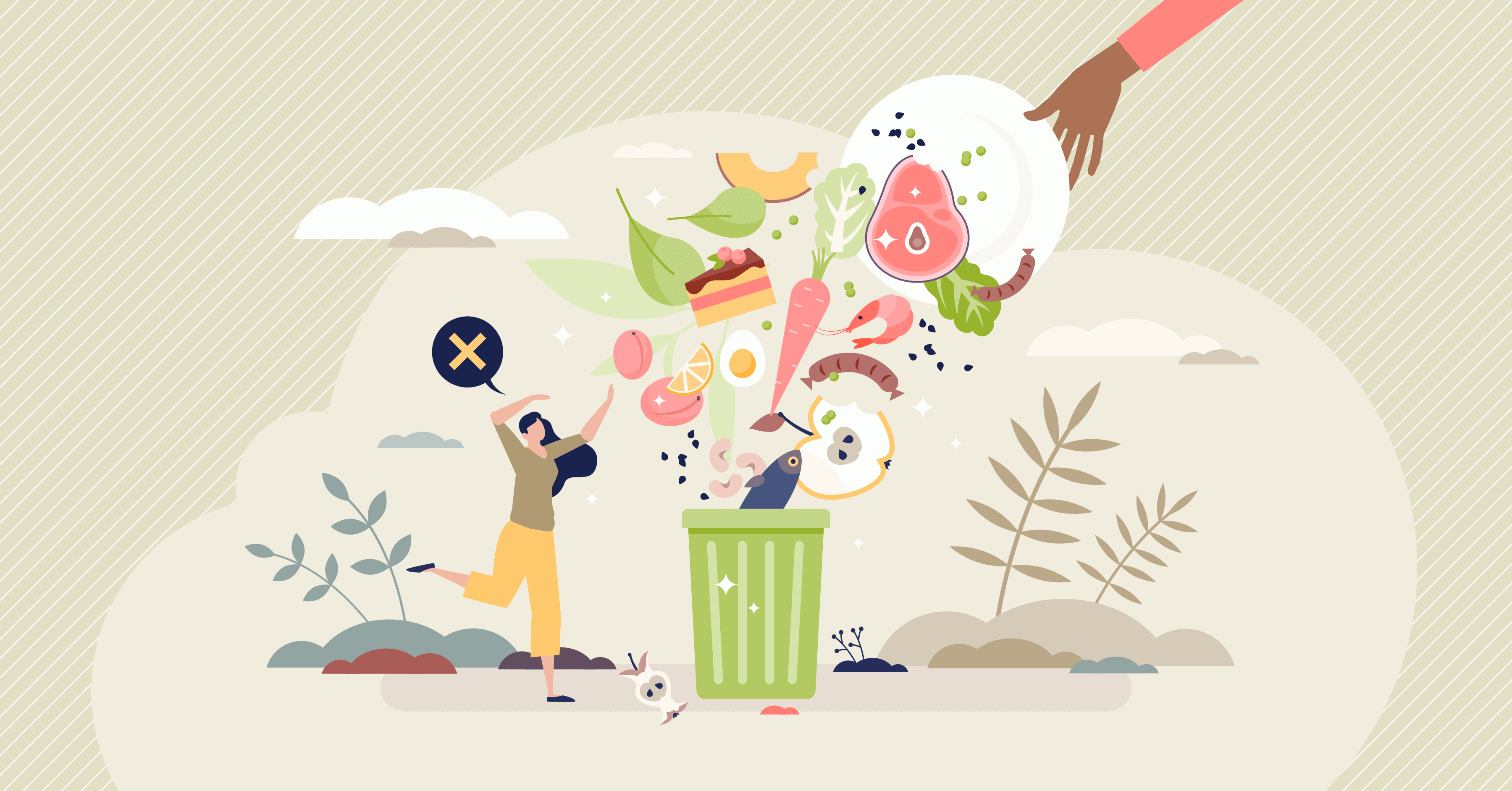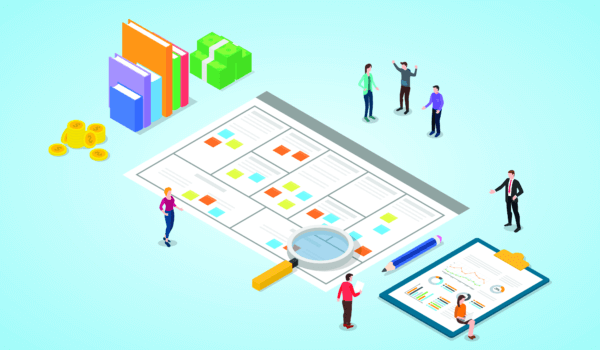Do you know the food industry is one of the largest sources of CO2 emission? According to a UN report, between 8-10% of global carbon emissions are generated by wasted food or unconsumed consumption. Not only that, food waste creates many economic and health hazards and burdens for sustainability. Let's dive deep into it.
Approximately 931 million tons of food are wasted every year, and 61% of the food waste comes from the household; the rest, 39%, comes from food service organizations and retail according to UNEP Food Waste Index Report 2021. Although the extreme poverty rate is declining still because of food waste, there are so many hazards. A significant contributor to climate change, biodiversity loss, and pollution, food waste burdens waste management systems and increases food insecurity. Overall, food systems cost society $12 trillion in health, economic and environmental costs – which is 20% more than the market value of food systems. If we could solve this food waste problem from the consumer and domestic level, we could have substantial social, economic, and environmental benefits. One estimate showed that if we can reduce food waste by only a quarter, we can feed almost 870 million people.
The Food Waste & Hunger Paradox
In this world, almost 690 million people in 2019, or one in every nine people, go to bed with an empty stomach, according to FAO, whereas millions of food are wasted every single day. Likewise, In this world, just like people suffer from hunger and malnutrition, at the same way obesity and overeating are other problems the flip of a coin. In the world, obesity and the overweight problem are increasing daily. Since 1975 the obesity rate has increased three times. Statistically, about 38 million people are overweight. This is a reflection of the food waste-hunger paradox. There are millions of people who are suffering from malnutrition. On the contrary over nutrition challenge is getting complicated. The food waste from the consumer level of a developed country is just the opposite of the undernourishment problem of a developing country.
Food Waste Is Interlinked with SDG Goals
Reducing food waste not only helps in achieving related SDG goals related to zero hunger, health and well-being, and climate change but is also beneficial for the less obvious SDG goals such as gender quality (SDG 5), sustainable cities, and communities (SDG 11), and partnership among institutions. Therefore solving the food waste problem is linked to all 17 SDG goals, and the more early the policymakers will realize that the sooner SGD goals will be met.
Reducing the Food Waste Problem
We need to address the food waste problem if we want to achieve our sustainable development goals target. This problem can be solved by taking initiatives from the government and the consumer level.
Government Level
- First of all, the government should use the Food Waste Index (FWI) methodology and measure the food waste at the household, food service, and retail levels. Based on the measurement government should imply strategies for food waste prevention and track its progress on 2030 SDG goals.
- In rich economy countries, much food is being wasted in the supermarket. Therefore, the government can help supermarkets to use the technology to calculate actual needs and maintain the stock levels.
- According to FAO research, incentivizing food system transformation can help to reduce the food waste problem. Also, using food scraps can benefit the soil by giving back nutrients and reducing carbon footprints.
- Also, food producers can minimize food waste by using the least amount of energy and maintaining good quality and safety.
- Promoting buying local products can help fight the food waste problem as the delivery distance will be saved.
Consumer Level
- Consumers can only buy the amount that they need. Avoiding overstocking tendency of food items can be beneficial in reducing food waste.
- Consumers need to take the additional leftover items in the restaurant and consume them later or use them as an ingredient for other meals.
- Adopting a healthier diet can also help reduce food waste, according to FAO.
- A clear understanding of food labeling like “Use by” and “best before” is also helpful. Many people do not know that ‘best before’ indicates the best date for the food quality and means it is safe to consume the food after the date.
- Excess food can be shared with the community people by in-person donation or by informally sharing with friends. Also, some apps and organizations share access to food towards the needs, like Olio.
- Lastly, only weekly non-meat meals can also help reduce emissions from livestock farming.
Best Practices
The Food Sustainability Index (FSI) shows a great example of France, which is a global leader in limiting food loss and waste by applying legislation that supermarkets of a minimum of 400 square meters or larger must redistribute the leftover food among the poor communities as charity.
Another example of best practice in reducing food waste is a smart meter technology that needs to be attached to the waste bin developed by London-based Winnow that assists chefs in measuring, monitoring, and reducing food waste.
Lastly, it is crucial to address the food waste problem now before it is too late. Therefore this problem needs to be solved as soon as possible by taking the necessary actions, mentioned above, by the government and each individual. Considering the best practices, solving the food waste problem would lead to a better tomorrow.
Photo: VectorMine/Shutterstock
You might also like:
Achieving Sustainable Development Goals through Social Business Approach
Support us!
All your donations will be used to pay the magazine’s journalists and to support the ongoing costs of maintaining the site.
Share this post
Interested in co-operating with us?
We are open to co-operation from writers and businesses alike. You can reach us on our email at [email protected]/[email protected] and we will get back to you as quick as we can.









